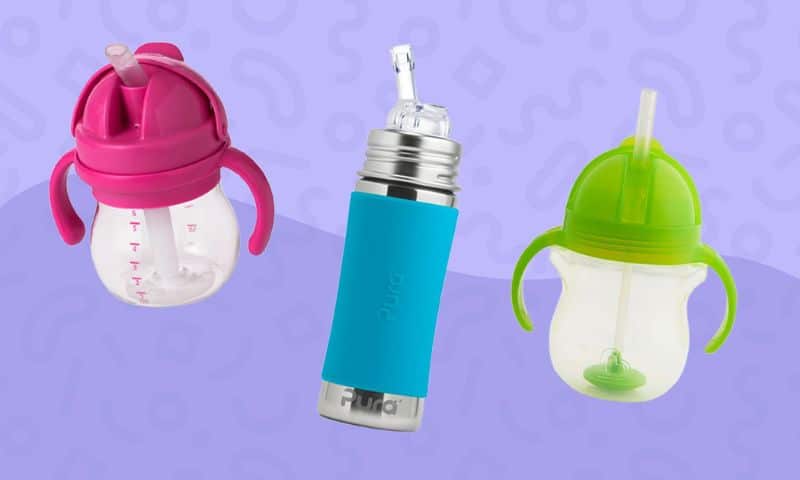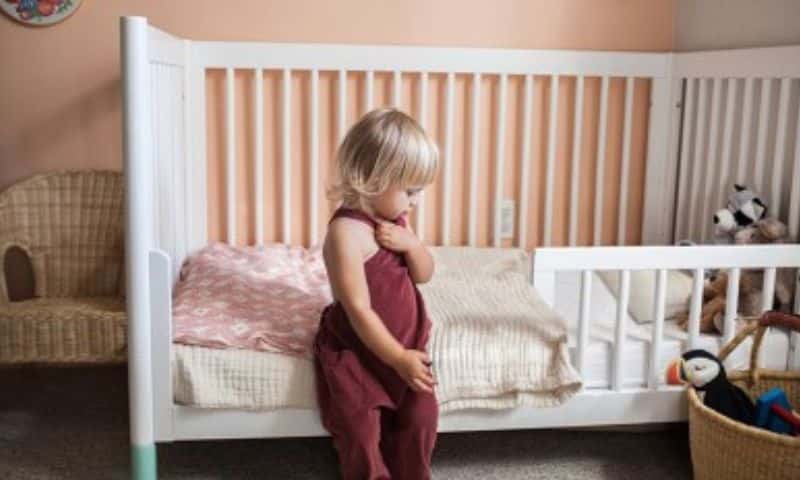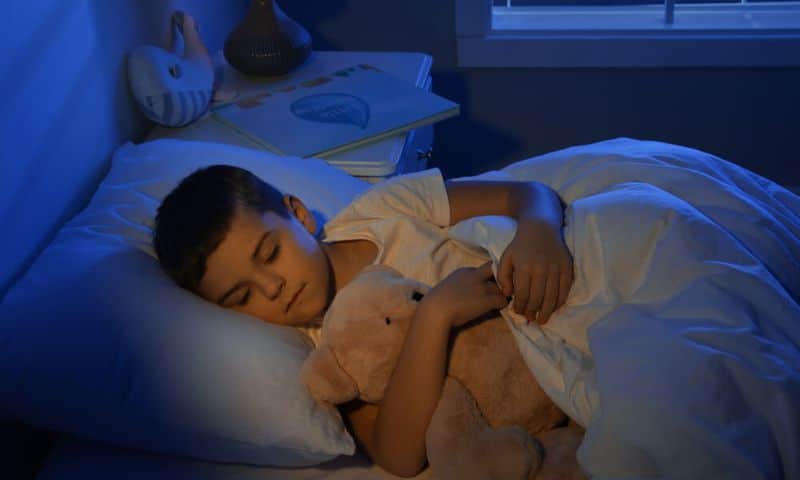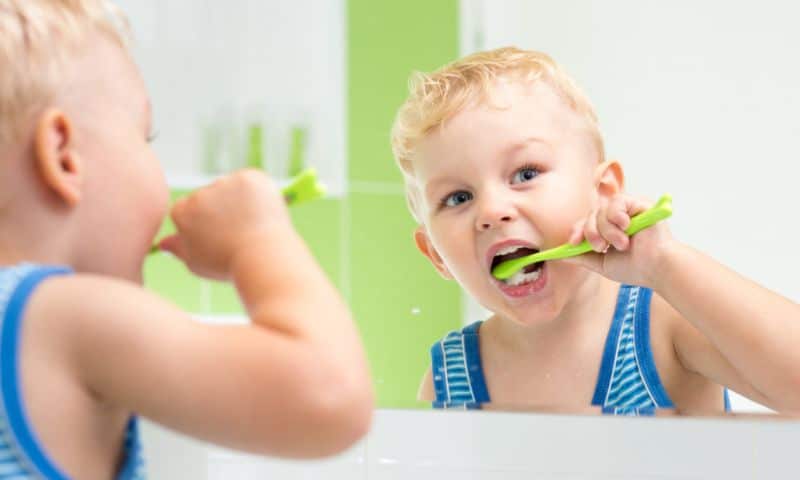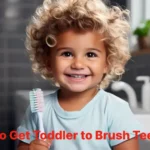By now, you are probably still not getting sufficient sleep, but you are better adjusted to your busy schedule as a mom. Your baby is pretty interactive and doing a lot of new things now and he/she is perhaps trying to drag himself up to a better standing position.
They must be super and extra curious about food now. Babies can also follow a spoon with their eyes as it travels from the table to their mom’s mouth.
They can probably even ask for a morsel or two. The baby is a lot bigger, and you are probably wondering where the time has flown away.
But at the same time, you are excited about the incredible adventures that are yet to unfold before them.
One of these exciting adventures is learning how to drink from a glass properly like a grown-up.
So, we have listed some best sippy cups for toddlers from which they can drink easily. Believe me, this is not only the solution of your child’s problem but yours as well.
Why spout, handle, valve, and lid of Sippy cups?
The spout is working like a nipple, and a baby will use it for sucking drink or liquid from bottles. Will the handle teach your kid how to drink milk or water from a regular cup?
The lid is the top of the Sippy cups to prevent liquid from dust, and the valve working through surface tension to prevent the toddlers’ drinks from leakage when they are not sucking, and the cup is upended down.
Soft Sippy Cups
Soft Sippy cups are recommended for those toddlers when their age is under one year because their spout is made from soft plastic for sucking drink from the cups.
Hard Sippy Cups
When the baby is able to chew the soft spout of Sippy cups, then mom needs to change soft Sippy cups to hard ones because their spout is made from rigid plastic, and kids will be unable to chew it. The recommended age for a hard one is 10 to 18 months.
Straw Sippy Cups
When kids a bit younger and refused other Sippy cups, then mom will use straw Sippy cups instead of spout because they are still no-spill, but they will train your kids for regular cups.
Contents
Quick Answer: Best Sippy Cups for Toddlers to Drink Milk
Table could not be displayed.1. Munchkin Miracle 360 Trainer Cup
Kids will able to drink liquid from their 360 edges of cups without leak or spill. When kids are not drinking the liquid, the cup will automatically seal and prevent liquid from a spill.
Kids will hold handles and drink milk. Using these Sippy cups, kids will train themself for a standard cup.
Using Munchkin Miracle as a Sippy cup will be safe for kids’ dental health because they will not be able to chew their spout or straw because it is spotless.
You can easily wash this one by dishwasher or manually. You can get apart from it into four pieces and easily clean every part. The recommended age for this cup is nine months and up.
Pros:
- 360 trainer cup and Spoutless
- BPA and BPS free
- Leak-Proof and Liquid hold up to 7 ounce
Cons:
- Not for those toddlers when their age is less than nine months
2. NUK Learner Sippy Cup with Soft Spout
Toddlers will easily suckle their drink from the leakproof NUK learner Sippy cup, and they learn to drink from the spout and also will hold their cup from the handle without slip when they are excited about their drink. This one is working on the air vent to help kids for a sallow drink instead of air.
Their soft spout is made of silicon and works as a bottle nipple to help kids transition when they are sucking their drink. Their great soft spout is also 100 percent safe for kids’ gums and dental health.
If your child on the stage of learning to drink milk from a spout, then a NUK learner Sippy cup will help them.
Pros:
- Spill free
- Cap on the spout to prevent liquid from leakage
- Anti-slip handles
- Best travel sippy cup
- Soft spout and Recommended age six months and up
Cons:
- Plastic material
3. Lollaland Weighted Straw Sippy Cup
If you are looking for training Sippy cups for your little one that trains him/her for a usual cup, then Lollaland weighted straw Sippy cups will help them because this one is not spill-proof for clearing toddlers concept that liquid spill when the Sippy cups straw turned upside down.
Your kids will be able to hold it from handles to train themselves for regular cups, and parents will quickly fill it because of their wide opening without spilling.
The washing of Lollaland is straightforward; you can easily wash it with a dishwasher. Using this Sippy cup, the kid will be ready for standard cups without spilling any liquid.
Pros:
- BPA and BPS free
- Easy to clean and Not spill-proof
- Best for warm milk
Cons:
- Recommended age one years and above
4. MAM Starter Sippy Cups
When it’s time for your toddlers to transition to Sippy cups and worry about spilling and kid’s health, then Mom starter will help you because this one is leakproof with a soft spout as well as BPA and BPS free.
Using this one, kids will quickly learn breastfeeding sucking from Sippy cups. Their design is ergonomic, with a rounded cap and nipple on the top with little handles that easily fit in the hand of your toddlers. It also has a dust cap to prevent liquid from dust as well as spill-free.
Pros:
- Extra nipple
- Little handles to fit kids hands
- Dust cap on the soft spout
- Spill-proof and Easy to suck drink
Cons:
- Nipple short but good for baby
5. Philips Avent My Easy Sippy Cup
Philips Avent allows your toddlers to drink their milk or liquid from Sippy cups without leak and for mom to fill it spill-free because of the wide opening with a unique rippled container design without handles, but kids will easily grip it in their hands.
It has a soft silicone spout for kids for the transition process and prevents liquid from spilling and dust.
This Sippy cup is made of plastic that is BPS and BPA free, and you can easily clean it by a dishwasher and manually apart it three parts.
Pros:
- Soft silicone spout
- Safe for kids health
- Spill free and Liquid Capacity 9 ounce
Cons:
- Without handles but easily grip in kids hand
6. Tommee Tippee Non-Spill Toddler
The material used in these Sippy cups is durable plastic but don’t worry because this one is free from BPS and BPA safe for toddlers. It has a removable two-piece valve easy to clean and wash all parts with a dishwasher.
If your kids are excited about breastfeeding and will play and shake Sippy cups and even throw them in a room, then Tommee Tippee will help you prevent the liquid from the spill to clean the room from spilling milk and others.
Design with a lightweight without handles, but sides are easy to grip on the little one hand.
Pros:
- Spill-proof cup
- Easy to sip transition
- Capacity 10 ounce
- Lightweight, easy to hold in kids hands
- Recommended age nine months and old
Cons:
- Maybe kids will love it
7. CamelBak Eddy Kids Vacuum
The Camelbak eddy bottle comes with a shut-off valve and stem tube to prevent kid’s liquid from spill when they have put it in a school bag or in a travel bag, and your toddlers will be able to use it for the long term because they are made from stainless steel which is BPA, BPF and BPS free.
Kids will efficiently operate their tiny fingers on the bottle to hold it. They will allow you to purchase extra two straws and valves to make them useful for always. It holds 12 ounces of water.
You can easily clean it by a dishwasher or apart from it into four parts Straw, valve, lid, and bottle and clean each one.
Pros:
- Taste free Never change the liquid taste
- Easy to clean and Spill free
- Stainless steel material BPA and BPS free
Cons:
- Not for kids under three years
8. Sassy Spoutless Sippy Cup
If your kids are chewing the soft spout and looking for a spout more miniature Sippy cup that teaches your kids how to drink milk or liquid from a standard cup, then Sassy spout less helps you.
They allow your child to sip drink around the rim with spill-free because their silicon valve seals their leakage when kids stop to drink and shaking the cups.
It has three simple parts to apart easily and cleans it one by one. It also has removable handles when you want to train your kids for an average cup, then removes it, and a kid will easily hold it by hand to drink the liquid.
The whole cup is made from durable plastic, easily cleaned by a dishwasher, and free from BPA and BPS.
Pros:
- Dentist recommended
- Leakproof
- Best for warm milk
- BPA and BPS free
Cons:
- Handles are a bit small
Buying Guide
Picking out a good sippy cup can be complex and challenging, but it is always easier if you know what you are actually looking for.
I found that out the hard or difficult way when I personally grabbed a pack in the store one fine day without putting any thought or research into it at all. I just went for the cheapest ones.
That bargain was not such a bargain after all. My little daughter had destroyed those cheap spouts by the end of the first week by biting on them furiously. I had to replace the entire pack, but obviously, I did not get the same kind again.
I put more thought and detailed research this time into it and asked my closest friend what kind her child had been using for drinking milk.
She led me to the one she loved and, even though it was pricier than what I had bought, but still, they were well worth the money since they held up until my baby was completely ready to transition from bottle to cup.
Keep these essential features in mind when searching for a cup your baby will love.
Soft or hard Spouts
Every mother knows his baby than anyone else. If she feels that her child is going to refuse these sippy cups, then they should try a soft mouthpiece. If your young one is habitual of having regular cups, then you should introduce a hard spout.
During our survey, we have also seen that using the soft ones and transitioning after a couple of months to the more complicated type is always a wise thing to do, but only when your child is ready for it.
Materials
There is a wide variety of sippy cups when we talk about the materials. A wide range of materials is readily available in the market, including silicon, plastic, latex, stainless steel, glass, and aluminum.
If you are still shaken over the BPA controversy and thinking that plastic may be harboring other damaging chemicals, go with a safer material, like glass, as thinking safety on a priority basis for your child is your right.
Leakproof
This is an essential aspect, especially for busy moms who do not need another mess to clean up, but they can be irritating and frustrating for kids who don’t want to work that hard for their drink.
You will need to figure out seriously that how much of a mess you can live with. If the reply is “not much,” then you may want to use leak-free cups, as this is the only option for them.
Handles
Sippy cups with handles and without handles, which is entirely on your child’s preference. We have seen that sippy cups with handles for many babies are more accessible and more comfortable to pick up for many babies.
For me, purchasing a cup with handles was the only way to go — it literally stopped my child from dropping her cup after every five seconds.
Frequently Asked Questions
When to introduce sippy cups to our kids?
Although, introducing sippy cups to your kid would be beneficial for the kid and for you as well. However, if not bring into contact with the kid at right time may have an adverse effect.
So, defining the right age of a kid to use a sippy cup is really important. The American academy of pediatrics says that a child has to be between the age of 6-9 months to use a sippy cup. As this is the age when a child can easily be ablactated.
When should the kids stop using sippy cups?
There is not any strict age limit for a child to stop the sippy cup. But in certain circumstances some of the kids are able to drink using a regular cup before the age of 2.
This is why experts advise to let your kid practice drinking from the open cup rather than the sippy one, as they may not later be able to wean it easily.
How to clean the sippy cup for toddler?
The toddlers who use sippy cups frequently are more prone to germs and bacterial infection. To prevent the kids from such adverse effects we must adopt safety measures. Here safety means to rinse and clean the sippy cup as frequent as possible.
Cleaning involves all the tricks and measures that help in maintaining the cup free of germs. The most common two ways to keep it unstained it to adhere to two ways.
Cleaning:
Cleaning is simply the process of washing or rinsing the cup with the help of water to eliminate or at least reduce the risk of rising germs with the sippy cup. This will ensure the health of your child as well as the habit of cleaning.
Sanitizing:
Sanitizing is another extra protective step to kill the microbe that may harm your child. Cleaning plus sanitizing are the two solutions to ensure a safe and sound sippy cup.
Why to prefer straw cup over sippy cup?
Some parents try to grab and go with straw cup instead of sippy cup based on the problems a sippy cup can cause. The straw cup should be identified to your kid when he/she is capable of placing the tongue at the right angle while drinking. Not only that, this will also lead to the development of future speech ability.
Using the straw cup over the sippy one strengthens the kid’s tongue, lips and face muscles. However sippy cups will stimulate forward tongue resting position.

